Climate science
-
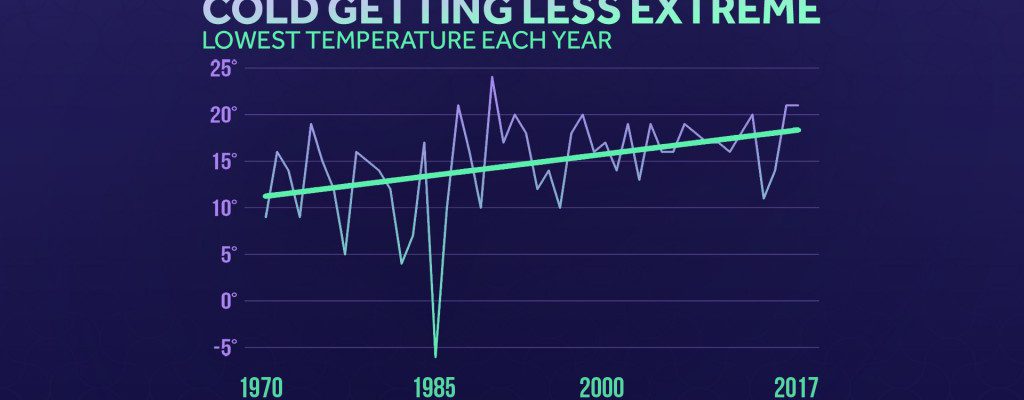
In spite of cold conditions this winter, the trend to warmer minimum temperatures since 1970 has been for higher annual extreme minimum temperatures across the Southeast (and the US). Climate Central has published a set of graphs showing how the lowest temperature each station reported each year starting in 1970 has trended upward over time.…
-
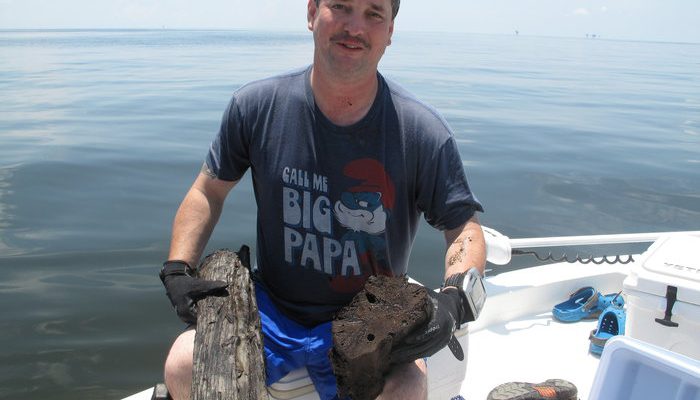
Ten miles off the coast of Alabama, an underground cypress forest is being studied by scientists to help learn about the climate of 50,000 years ago, when the forest was alive, according to a recent story by National Public Radio. The ice-age forest may be able to provide new clues about how forests grew in…
-
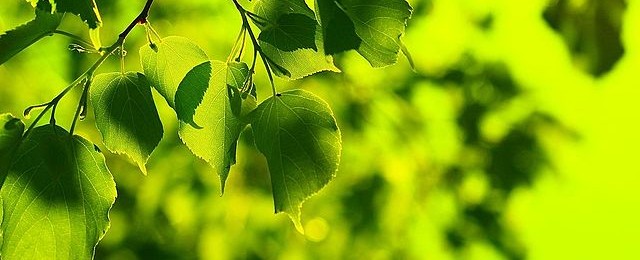
If you’ve ever wondered about how archaeologists figure out how old a bone or other piece of ancient material is, you will be interested in this description of radiocarbon dating from EarthSky. Atmospheric chemists use the same principles to determine that most of the carbon dioxide in the atmosphere is not from recent burning but…
-

The latest blog post from Deke Arndt in Climate.gov’s Beyond the Data discusses the state-by-state extremes in weather reported by the National Centers for Environmental Information. These include tidbits like the lowest low temperature, the highest high, the biggest hailstone, the strongest wind, etc. Are all of these records reliable? How do we know? Read the…
-
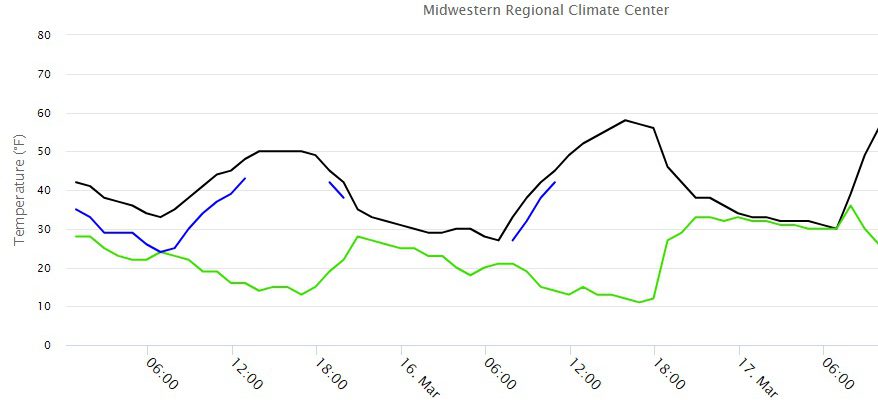
I am working on a talk that I will be giving at the UGA Extension Winter School on Wednesday about freeze protection for fruit; my co-presenters are Drs. Erick Smith and Tim Coolong. In my part of the talk I describe the difference between advective and radiative freezes. Advective freezes occur when cold and (often)…
-

Time magazine posted an interesting photo essay recently describing changes in ice taking place around Antarctica. Climatologists know that the high latitudes (both in the Arctic and Antarctic) are the most likely places to see the impacts of changing climate because of the albedo effect, which affects how much sunlight is absorbed by the ground…
-
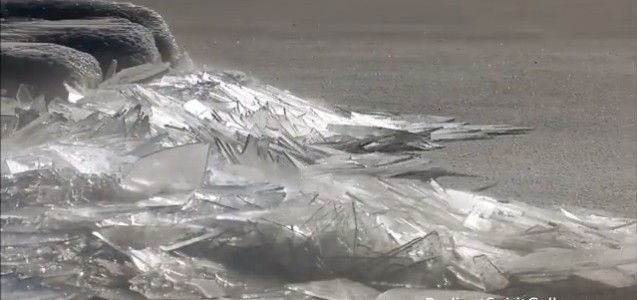
The CoCoRaHS blog posted this interesting video from National Public Radio about the sounds that ice can make in cold weather. You might enjoy watching it. You can find it at https://cocorahs.blogspot.com/2018/01/singing-ice.html.